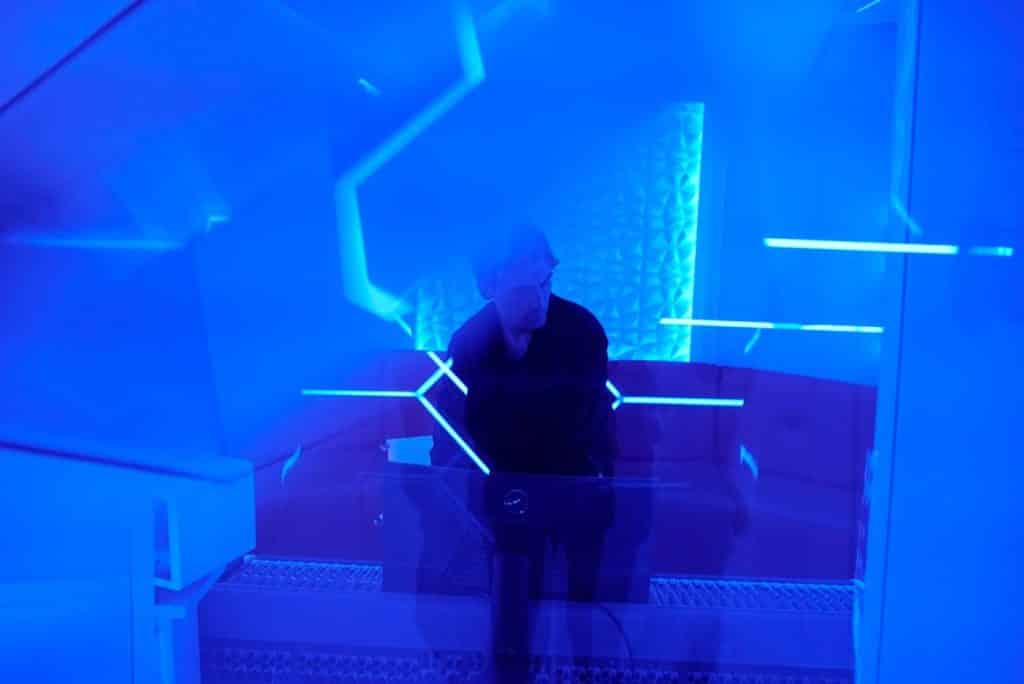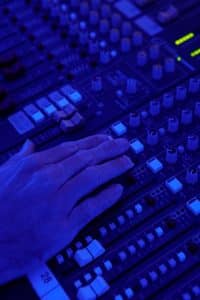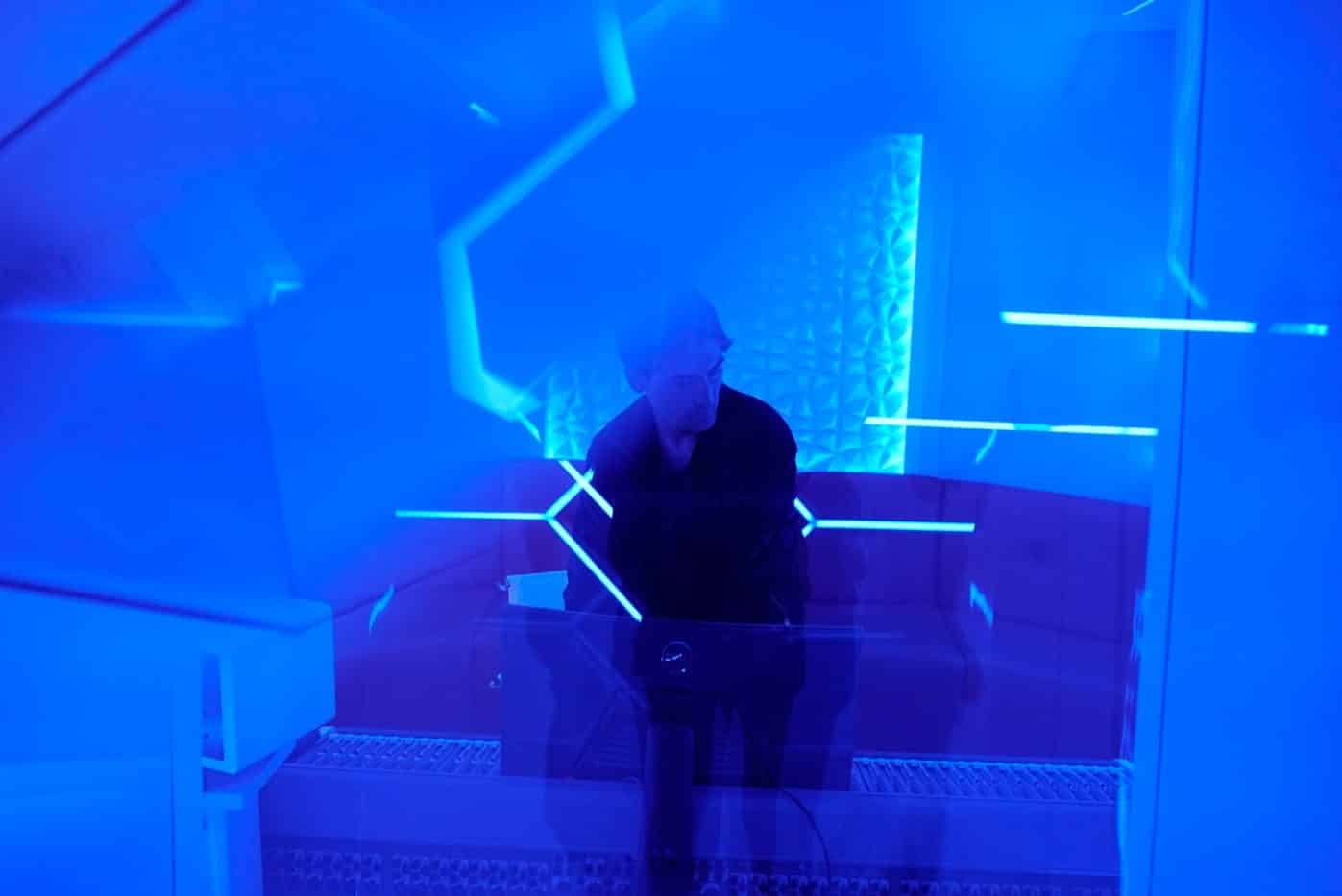
For 1stDibs, Tommy acts as guest curator for the current exhibition “Oceans Lost” that focuses on the symbolic and physical state of the ocean and its relationship with human activity. He selected 11 diverse NFT artists with whom to collaborate on original pieces for the show.
Here, The Mint spoke with Tommy about collaborating for this project, managing workflow with the artists and balancing his own creative process.
When did you start incorporating visuals into your audio work?
Ever since the inception of the PLS&TY project, visuals have been a tremendous part in my musical inspiration as well as in curating the brand’s image, look and feel. Collaboration with visual artists started as early as the first-ever PLS&TY releases, including album artwork and various promotional materials. Since then, it has grown to collaboration on concert visuals and more.
What does your artistic process look like?
Within the NFT sphere, the artistic process begins with the visual 99 percent of the time. I look at each work much as a composer for film or TV would. The music and sound effects should match the visual entirely, emitting a mood that further enhances the piece.
I believe that with a ton of practice, your skills definitely become more fine-tuned. Nonetheless, the process has stayed the same. Inspiration to write music, for me, comes in the most random of moments, and when it comes, it’s all about being ready. I’ll also note that music should never come from a forced place and should transpire naturally.
Why did you decide to work with these specific creators?
All creators selected for the “Oceans Lost” exhibit stem from individuals who I have previously worked with and/or have personally been a fan of for years. The collection encapsulates both rising and established talent.

The works for the exhibition look and sound amazing! Tell us about a few of the artists you collaborated with. What was the most interesting way you had to collaborate for this project?
I’m very excited to present collaborations with two renowned Argentinian artists, Kidmograph and Renderfruit. They are, and have been, leading the charge in the digital art world for quite some time. Kidmograph, also known as Gustavo Fernando Torres, is an illustrator, motion designer and art director. He has worked online since 2003, creating music videos, live visuals, lyric videos, GIF art and visualizers. His eclectic style approaches different techniques and aesthetics, from 2D hand-drawn animations to 3D scenes and postproduction. Not to mention, Gustavo is a prominent name in the entertainment business with a vast list of international clients, such as Apple, Adidas, the Strokes, Maroon 5, Justin Bieber, the Weeknd and more.
Renderfruit, an alias for Clara Luzian, is a digital artist from Buenos Aires, driven by inner thoughts and influenced by music. Her art can be eerie, eclectic, multilayered and surreal. She has worked with Young Thug, Kodak Black, Miley Cyrus as well as Nike, MTV and many others. She exhibited work at the MoMI (Museum of the Moving Image in Queens, New York) and displayed in Times Square and the Denver Clock Tower. I believe that the overseas collaboration has indeed been the most interesting part of my journey. Working strictly via chat or Zoom calls and allowing each artist to hone their specialties, whether that be music or art, has proven a success.
Each work has its own unique feel and sound. What do you think makes each work successful?
I believe that the diversity of works both sonically and visually proffer an assortment of combinations that can appeal to a wide variety of individual collectors. It is in these different approaches where one can truly discover what fits to their taste and appetite, while never straying away from the broader theme and artistic style that each has developed.
When do you know a work is “finished?”
Works are never truly finished. They are simply completed to a point of artistic abandonment, leaving behind what the artist may deem he can no longer elevate or progress any further.
What advice do you have for new artists entering the NFT space and wanting to start creating NFT and digital art?
Believe in yourself. Find what makes you unique and never stray from that. There is only one of you in existence, and you have the power of harnessing that exclusivity into the realization of all of your dreams.
